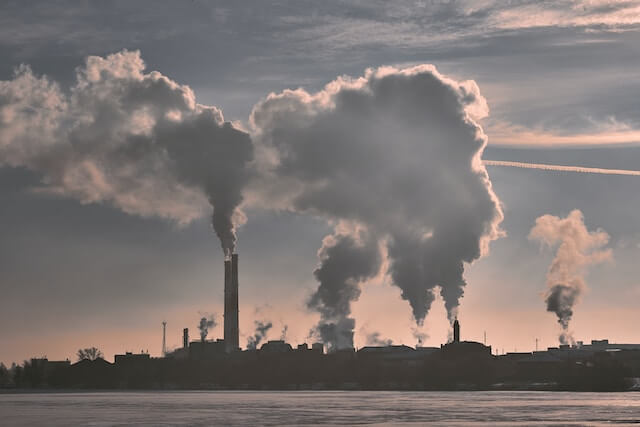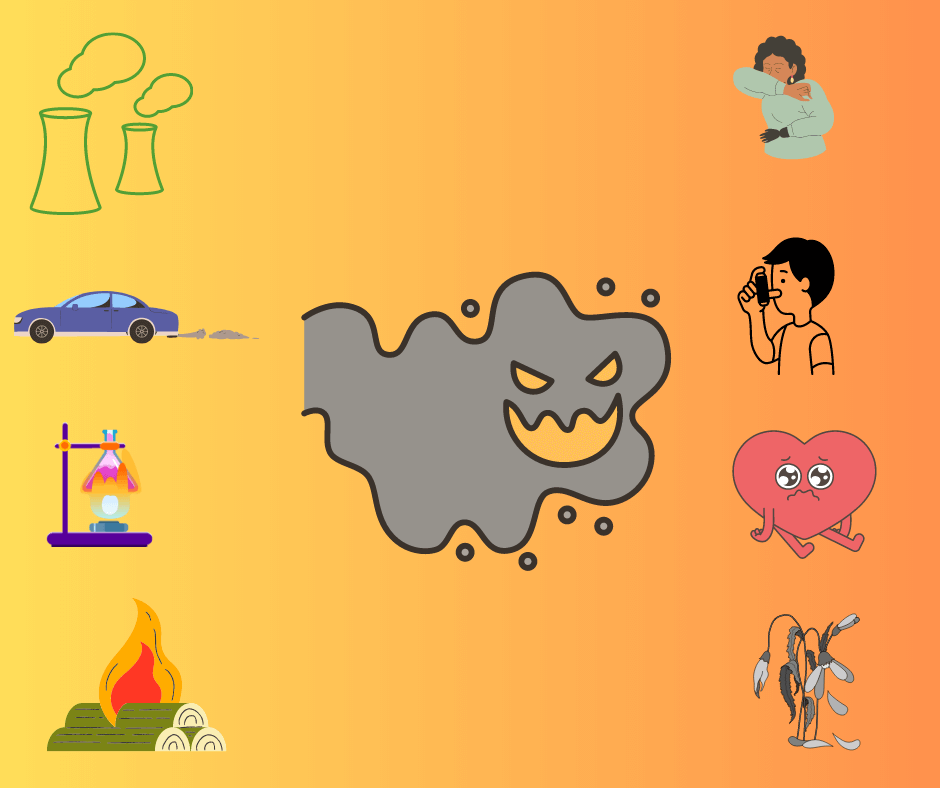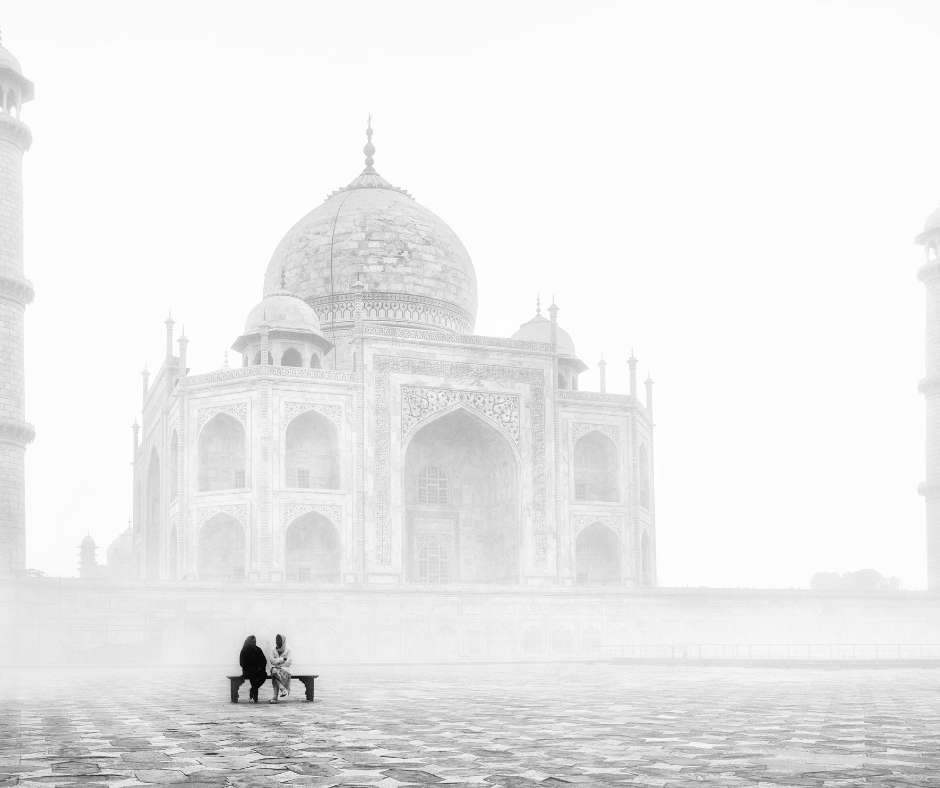Ever heard about IQAir? This platform provides free air quality information across different cities in the world.
Anyone with the question “Is India Polluted?” can also easily access data for their respective cities in India through the Central Pollution Control Board’s National Air Quality Index.
Why does this matter? Air pollution, including exposure to fine particles in the air we breathe, is the reason for an estimated 7 million deaths yearly, according to WHO.
Good enough reason to learn about the harmful effects of air pollution and how to protect yourself from it, right?
Here are some basic definitions and concepts associated with air pollution.
After all, the first step in protecting our planet from pollution is to understand the root cause of the problem.

How is air pollution defined?
I couldn’t find a standard “definition”, but a set of descriptions that essentially say the same thing. For instance:
The European Space Agency has a segment where it states the WHO defines air pollution as “limited to situations in which the outdoor ambient atmosphere contains materials in concentration which are injurious to humans and their surrounding environment.”
WHO’s overview section on the topic of air pollution describes it as “Air pollution is contamination of the indoor or outdoor environment by any chemical, physical or biological agent that modifies the natural characteristics of the atmosphere.’’
Pollution happens when any contaminants or pollutants enter our environment. These pollutants alter the natural or ecological nature of our atmosphere in such a way that it harms any biotic and abiotic elements of that ecosystem.
These pollutants can be in the form of solid or liquid particles, gases, or even energy, like in sound or heat. Indoor and outdoor are two types of air pollution.
What are these “agents” or pollutants?
The US Environmental Protection Agency or EPA lists the following as “Criteria Pollutants”. They are called so because the agency uses these as “criteria” or indicators to set air quality standards.
- Ozone: We need Ozone in the atmosphere to protect us from harmful radiation, but not at the ground level. Ozone doesn’t occur naturally in our immediate surroundings, but is the result of the chemical reactions between the emissions from our chemical factories, power plants, vehicles, etc., with sunlight.
- Particulate matter: This includes particles that we can see and some that we can’t. They can be solid particles or liquid, as in aerosol (not the aerosol spray containers we use at home). Other examples include dust, dirt, or smoke. When these particles combine with the same emissions we discussed earlier, they can be dangerous.
There are two sizes or measurements that apply to particulate matter. PM10 and PM2.5. The numbers 10 and 2.5 represent the diameter of these inhalable particles in micrometers.
Going back to the introduction section, this is an essential measurement that IQAir or any other agency or governmental department uses to draw up air quality indices.
- Carbon Monoxide: This gas is created when fossil fuel is burned. When we hear fossil fuel, we naturally think of outdoor activities like coal usage for electricity generation or factories whereas, kerosene, gas heaters, stoves, or chimneys also produce Carbon Monoxide.
CO is harmful when inhaled in large quantities. Even short-duration exposures to high CO levels can be injurious to people with low blood oxygen.
- Sulfur Dioxide: Again, it is the result of burning fossil fuels that have high sulfur content in, say, for instance, our industrial units.
- Nitrogen Dioxide: This is a product of fuel combustion.
There are other pollutants such as Lead, Nickel. Arsenic, etc that are part of India’s ambient or outdoor Air Quality Standards. India also has the AQI or the Air Quality Index which is a simplified method of measuring and classifying air quality by assigning a rating.
The presence of these pollutants above a specific concentration causes harm. These indices tell us the tolerance level for pollutants, measure a particular area’s air quality against that tolerance level, and allow us to gauge how things stand.

Causes and effects of air pollution
What stands out from the points we’ve reviewed so far? That we burn far too much fossil fuel.
Combining that with our incremental chemical and industrial activities; we may as well have answered the question, “What are the main causes of air pollution?”
What are the adverse effects of air pollution?
- Effects of air pollution on the environment: Haze, smog, and acid rain are all results of air pollution.
Acid rain affects the soil and water on the ground by increasing their acidity levels. Smog makes breathing difficult, leading to respiratory issues and other medical conditions, and haze reduces visibility.
- Effects of air pollution on plants: crops and trees need sunlight, like us. Their ability to grow as intended is compromised when they do not receive this in sufficient quantities.
Fertilizers are not the only cause of soil pollution. It is also due to emissions from industrial processes that find their way into the soil.
- Effects of air pollution on human health: Pollutants are small enough in size to quietly enter our systems, bypassing our body’s defense mechanism. Over time, it diminishes our immunity and can cause irreparable damage to our organs resulting in premature deaths.
- Effects of air pollution on buildings and monuments: Air pollution also does not spare our structures and monuments. Take the effects of air pollution on the Taj Mahal as an example.
Smoke from the burning of waste and biomass in Agra has changed the color of the marble from white to yellow and grey. Acid rains have eroded the marble, leading to tiny holes here and there.
Our buildings do experience discoloration naturally over time. The process speeds up when air pollution gets involved.

To make a long story short
Air pollution is not new. When did air pollution start? A long time ago…
Generally, we tend to think that the Industrial Revolution was the starting point. It probably is, from a large-scale pollution perspective.
The blackened lungs of mummies found in Egypt and other places point to wood-fire burning being the cause much before this period. First, it was wood; now, it is coal and other resources.
We’ve been polluting our planet for ages. Earth is resilient but, let’s stop testing its limits.